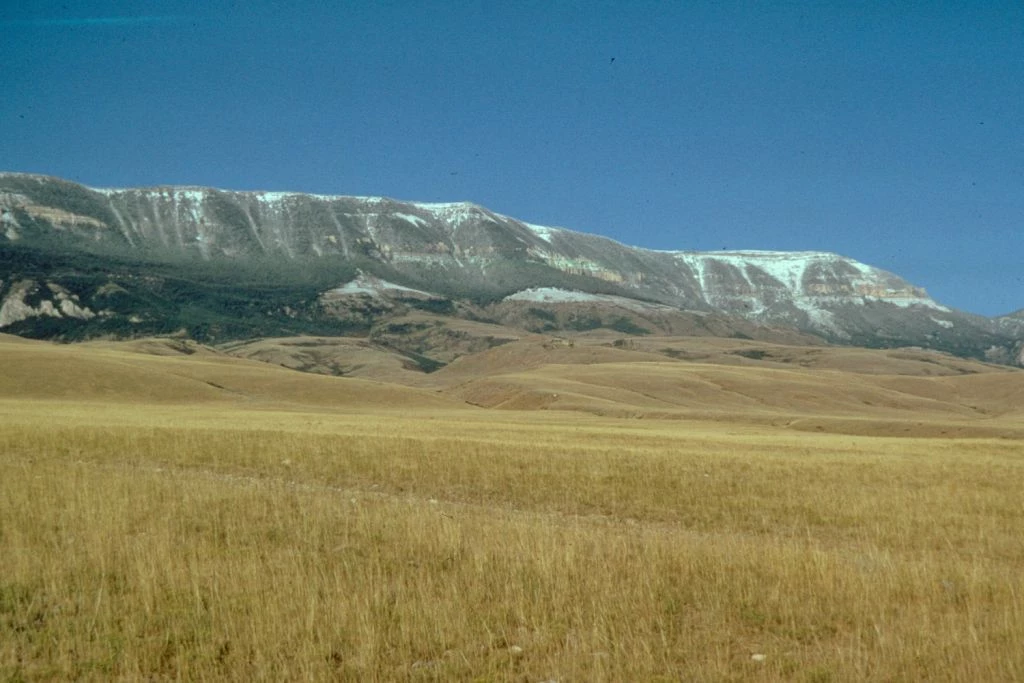
NPS Bighorn Canyon National Recreation Area has very clean and clear air compared too much of the country. Air quality has improved significantly over the last few decades in the United States. At times the stench and smog around some of the most highly industrialized areas was enough to make people want to physically get away from those areas as soon as they could. Impact And Impairment The National Park Service now monitors air quality at various points, investigates the causes of visibility impairment, and works cooperatively with air regulatory agencies to remedy the impairment. Basically the more the light is scattered and otherwise affected by particulates in the atmosphere, the more the site path is distorted and disrupted. Visitors should be able to see the scenic wonders they come to the parks to enjoy. Studies have shown direct correlation with the length of stay and visitor enjoyment with the clarity of the view and air quality conditions. Challenges And Strategies Strategies are identified to mitigate in-park emissions, and ensure park compliance with various pollution regulations. Major challenges lay ahead in protecting human health and air quality while restoring fire dependent forest ecosystems to their natural, wilderness character. Problems And Solutions Community structure, biodiversity, reproduction and decomposition are among the natural processes that can be altered by air pollution. Ozone in the stratosphere shields the Earth from harmful ultraviolet rays, yet close to the surface ozone can have undesirable affects on the respiratory system. As our scientific knowledge of the Earth’s various ecosystems continues to increase, we become more aware of the inter-connectedness of life on Earth. We know changes one place can have significant effects elsewhere. As good stewards of life on Earth, we want to try to eliminate any harmful affects our species may have on the world around us. While we have no control over some natural processes such as eruptions of huge amounts of volcanic ash into the atmosphere, we still need to understand those processes and know what we can do to mitigate the harmful effects on our species and those species with which we share the Earth. |
Last updated: February 24, 2015
